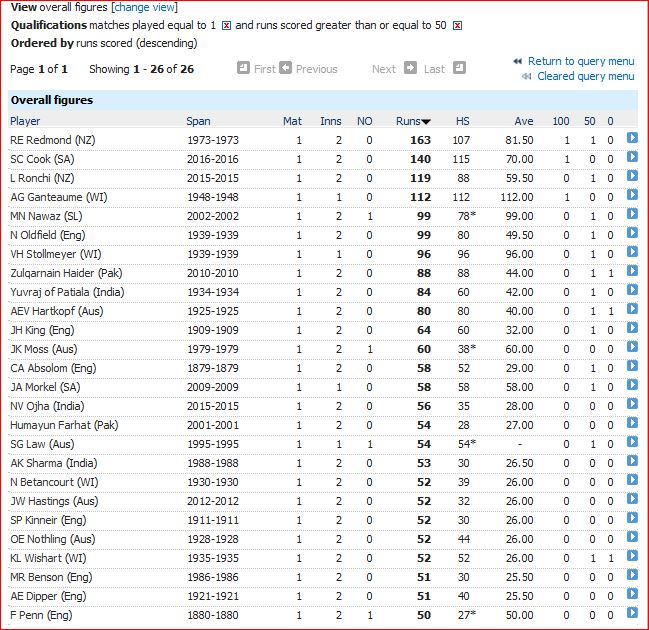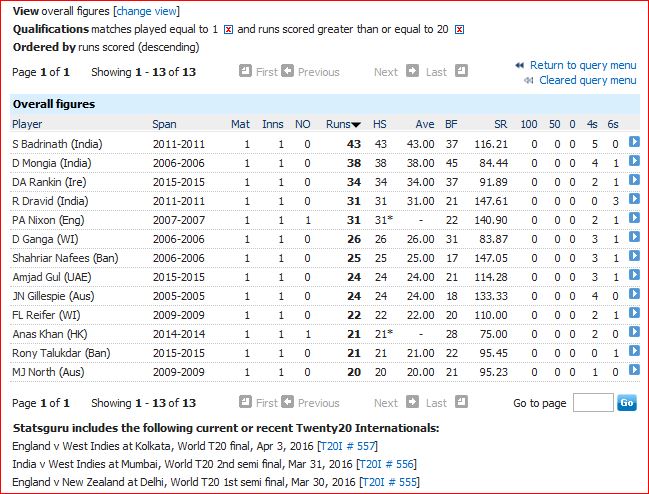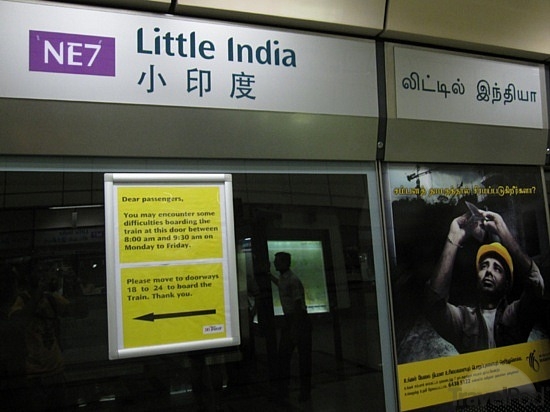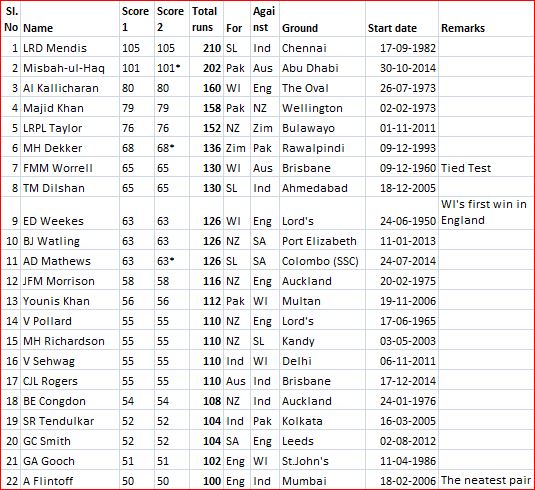Update: In June 2018 the Southern Railway floated the idea of ending the through EMU services between Chennai Central/Chennai Beach and the branch to Pattabiram Military Siding E depot. This was a consequence of the accident on May 5, 2016 when the Chennai-Thiruvananthapuram Mail collided with the side of an EMU which was crossing the main line to go to the Pattabiram branch. A contemporary report:
A more recent report:
Here it is mentions that EMUs will shuttle between Pattabiram on the main line to the terminus at E depot, which means that passengers will have to get off there to change trains.
In situations where crossing on busy multiple lines is involved, overbridges may be used where the line crossing has heavy traffic. An example is the bridge carrying the harbour line over the WR main line north of Bandra. A few more can be seen on main lines. Examples are in the vicinity of Barddhaman and Mughal Sarai. But in this case the traffic on the trains to E depot is not so heavy, so the commuters will have to face the inconvenience of changing trains.
We look into the geography of this peculiar branch which is among the more obscure corners of the Chennai suburban system.
First, a map of the region surrounding Pattabiram on the Chennai-Arakkonam section:

From Chennai to Arakkonam (right to left) you will pass Hindu College, Pattabiram and Nemilichery in succession. Note the turnoffs towards the north from Pattabiram. There are several EMU locals a day from Chennai Central and Chennai Beach to Pattabiram Military Siding E Depot, where the E supposedly stands for Engineering. There are turnoffs from both sides of Pattabiram station, although no scheduled passenger service uses the the one on the east.
As you would have read, one of these locals was moving from one track to another when the Chennai-Thiruvananthapuram Mail collided with its side, probably after over-running signals. Or there may have been malfunctioning signals. Fortunately there were no fatalities although eight were injured.
Those familiar with this route would know the separate platforms for the branch which are to the north of the main line. After turning north and crossing the West cabin, the line passes the station called PTMS and then continues to another station called Pattabiram Military Siding E Depot (PRES) where the EMUs terminate. That would be clear from this map, which shows the area slightly north of the first map.

You can check the timings of these trains and find no reference to PTMS.
Of course, in this era of Google Maps blanketing the country it is impossible for any station to hide its existence unless it is in a restricted area. But 2005 was a long time ago. In March of that year I spent a few days exploring the unknown corners of Chennai including almost all of the suburban rail network existing at that time. I visited the now-vanished branch to Anna Nagar, and later took one of the locals bound for PRES.
After crossing Pattabiram West cabin the local came to a halt. The station sign said Pattabiram Military Siding, which I took to be the terminus. I found it odd that some passengers continued to sit in the coach. The train then zipped off towards the north to its ultimate destination.
It was then that I realized that this was a “ghost” station with no mention in timetables.
Fortunately a picture of the sign could be found on the net:

Not sure when this picture was taken, but clearly this was painted a long time ago compared to other signs in the Chennai area.
Here is a newer sign at the same station:

Some years later, when the RBS charts became available on the net, I found the Railways finally acknowledging the existence of the “orphan” station:

and if you approach from the west:

It is strange that this table does not acknowledge that the trains from the east do stop at Pattabiram station (though at a platform slightly away from the main station).
If you still doubt the existence of this station, it does have a ticket counter which issues tickets to all stations in the Chennai region, as you can see from this ticket I purchased on 24 March 2005:

It’s a long, long way to Gummidipundi (76 km at Rs 16 at that time), but only a railfan interested in studying the Chennai network in detail would make this journey.
























































